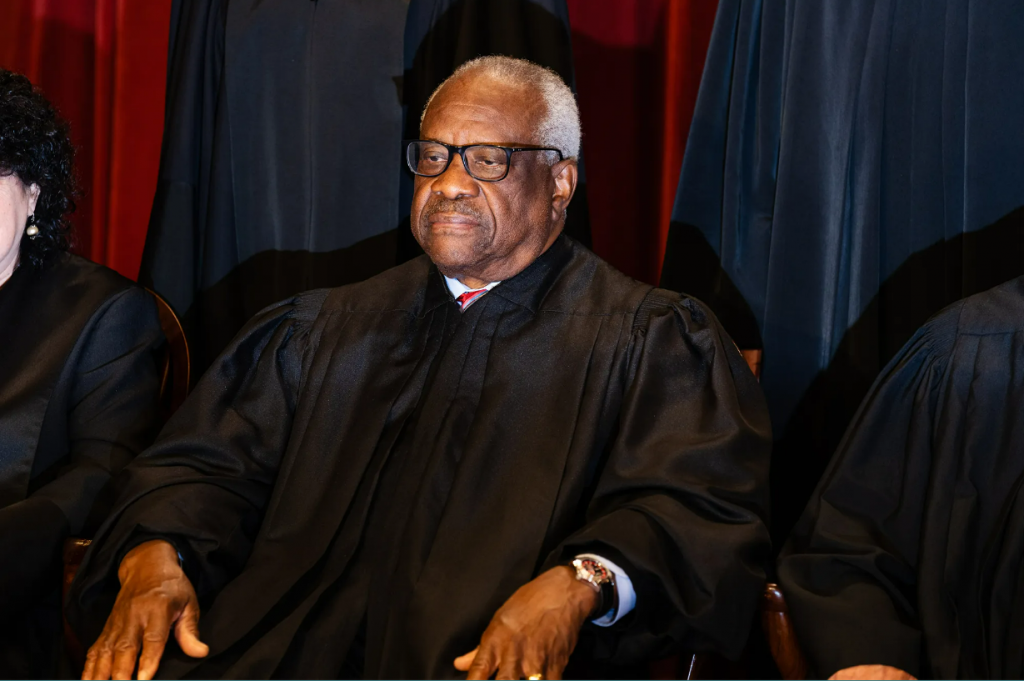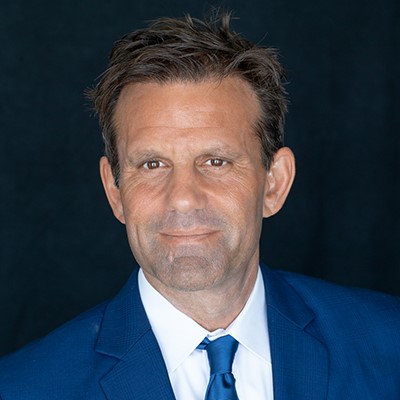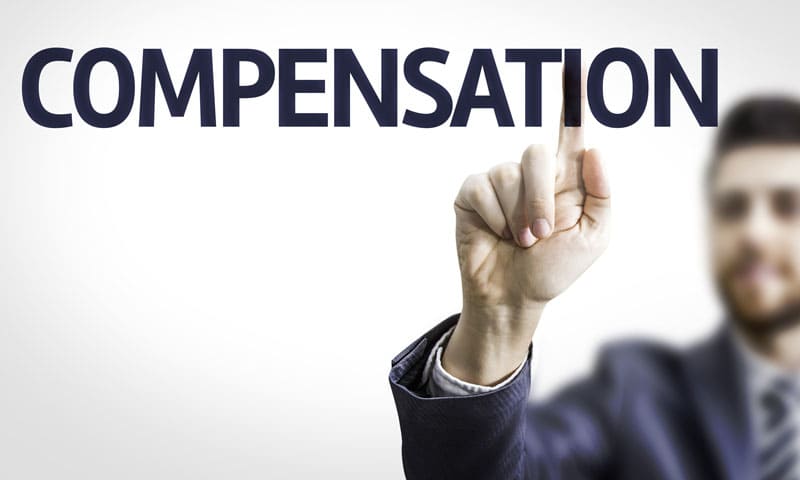
The issue of Supreme Court conduct has come under scrutiny following revelations about Justice Clarence Thomas’s failure to disclose luxury travel and other perks provided by billionaire friend Harlan Crow. These revelations have sparked a debate about the disparity in ethics oversight between Supreme Court justices and the approximately 2 million federal employees. A review of ethics policies across the federal government highlights that most federal employees face stricter oversight and regulations than justices.
While federal employees are generally allowed to accept gifts from friends or relatives, they are required to disclose them or obtain prior approval. Additionally, they may face scrutiny if the gift-giver has connections to entities with business before the government. In contrast, Supreme Court justices face no external oversight regarding gifts and are not subject to the same level of scrutiny. Even gifts as small as meals, flowers, or event tickets worth more than $20 are prohibited for federal employees, but the justices do not face such restrictions.
Walter Shaub, former head of the Office of Government Ethics, expressed concern over this disparity, stating that the lowest-level federal employee is subject to stricter ethics laws than the Supreme Court chief justice. This discrepancy is seen as a travesty and a reversal of ethical standards.
The lack of oversight over Supreme Court justices has raised questions about transparency and accountability within the land’s highest court. The revelations about Justice Thomas’s undisclosed gifts are expected to draw further scrutiny when the high court releases its 2022 financial reports.
Find your next superstar hire with BCG Attorney Search – submit your job openings now.
While all federal employees across the three branches of government are technically subject to the 1978 Ethics in Government Act, the consequences for ethical lapses vary widely. Members of Congress can be voted out of office, and executive branch workers have oversight ethics officers monitoring their conduct. However, Supreme Court justices operate without external oversight, which sets them apart from other federal employees.
To illustrate the disparities in ethics oversight, a chart based on a Bloomberg News review of regulations across federal agencies outlines what is acceptable and unacceptable in various hypothetical scenarios. This chart showcases the differences in regulations and oversight between Supreme Court justices and other federal employees.
Justice Thomas has argued that he didn’t have to disclose the luxury trips paid for by Harlan Crow because they were provided by a close friend who was extending hospitality. However, beyond the trips, ProPublica reported that Crow also made private school tuition payments for Thomas’s grandnephew and bought property from the justice and his family. Crow denies seeking to influence Thomas through these actions.
While US regulations generally prohibit accepting gifts, exceptions are made for gifts from friends and relatives. However, gifts totaling over $415 in a year from a single source, including friends, must be disclosed. Additionally, thousands of senior officials are required to make annual public disclosures of their financial assets and transactions, while another 390,000 must file confidential financial disclosures.
Ethics enforcement varies across the federal government. In Congress, the responsibility falls on the House or Senate ethics committees. The Office of Government Ethics oversees ethics compliance for executive-branch employees. For judges and their staffs, the Judicial Conference handles ethics enforcement. However, the Judicial Conference has no direct authority over Supreme Court justices. While the high court claims to follow the code of conduct for other judges and adhere to the conference’s requirements on gifts, outside income, and disclosures, these rules are not binding on the justices. Furthermore, they are not subject to the same investigative process as lower court judges when facing ethics complaints. The judiciary also lacks an inspector general.
The lack of accountability and external oversight for Supreme Court justices has fueled public concerns about the court’s transparency and impartiality compared to mid-level bureaucrats and other branches of government. The discrepancies in ethics oversight highlight the need for consistent and robust standards across all levels of government to maintain public trust and ensure the highest standards of conduct are upheld.















































